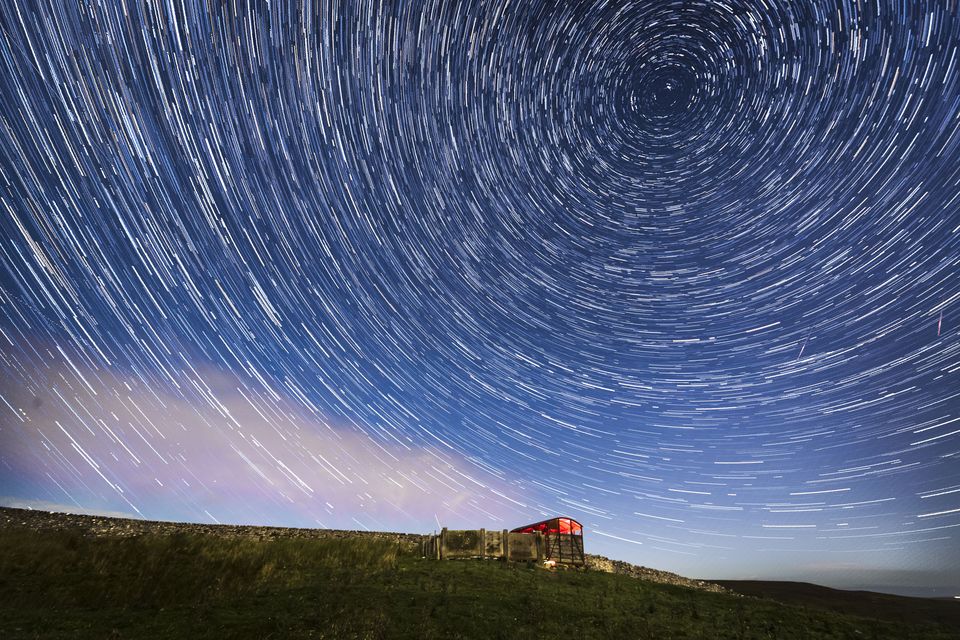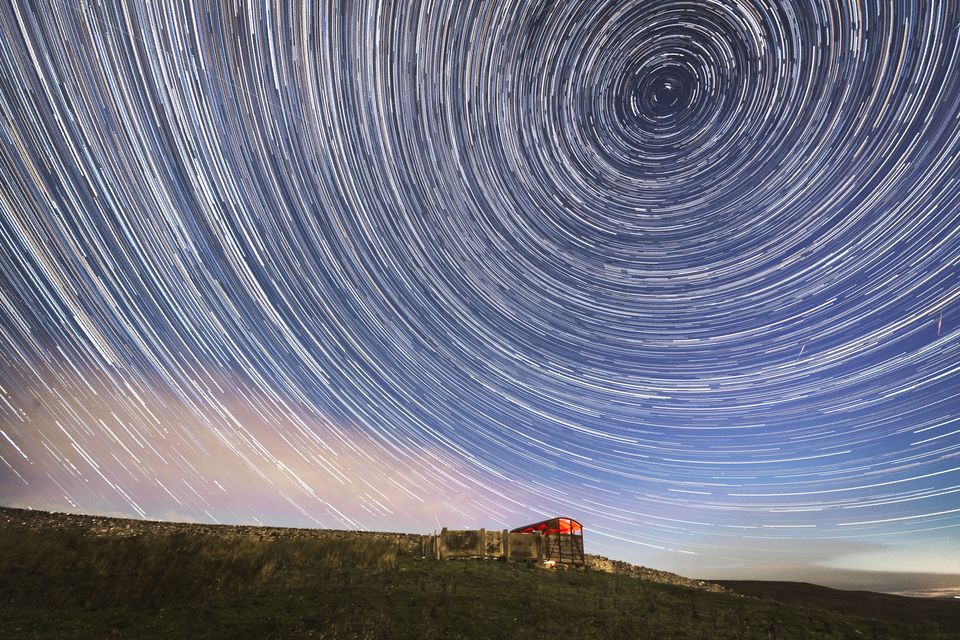The first meteor shower of the year is expected to light up the sky on Friday night, with stargazers in the UK to see up to 50 “shooting stars” an hour.
The Quadrantid meteor shower, which returns every year in early January, is expected to peak on Friday – but meteors will remain visible in the sky until January 12, according to the Royal Astronomical Society.
Dr Robert Massey, deputy director of the Royal Astronomical Society, said observers hoping to catch a glimpse of the celestial fireworks after sunset will need to get “as far away from light pollution as possible”.
The meteor shower will be visible where there is as little light pollution as possible (File photo/Danny Lawson/PA)
He said the showers “have a pretty strong intensity if you happen to be in the right place at the right time”.
Dr Massey added: “They won’t be the brightest meteors on the whole, but (the Quadrantids) do include a fair number of fireballs.
“A fireball is a dramatic sounding thing but what it really means is a really bright meteor.
“The Quadrantids is a meteor shower which produces that kind of event.
“So for that reason alone, if you have the time to look out and the weather is good, then do take a look because it’s a perfect New Year treat.”
The only caveat is that this year’s Quadrantids have a “really sharp peak over a few hours”, Dr Massey added.
This means the rates of visible meteors in the UK will be lower than when the shower is at its most active at 3pm on Friday, when the country does not yet enjoy darkness.
Luckier observers on the west coast of the US or in the Pacific region may see up to 70 or 80 meteors an hour, Dr Massey added.
Meteors are the result of small particles entering the Earth’s atmosphere at high speed, typically around 40km per second for the Quadrantids.
The pieces of debris heat up due to friction with the air and are usually destroyed in under a second at altitudes above 80km.
The superheated air around the meteor glows briefly, and is visible from the ground as a streak of light known as a “shooting star”.
Using a camera with a long exposure over a long period of time is the best way to capture meteor showers and may produce star trail photographs (File photo/Danny Lawson/PA)
Unlike many astronomical events, meteor showers are easy to watch and do not require any special equipment to be enjoyed.
However, those hoping to score the perfect night sky shot may need to invest in more sophisticated photographic equipment than the usual smartphone, Dr Massey warned.
He said: “You’re unlikely to catch anything [with a phone] because they’re so fleeting – they only last perhaps a fraction of a second – so your reactions are not going to be good enough to photograph it.
“So what people tend to do is what are called long exposures.
“They open up the lens or the shutter and leave it running for several minutes, or anything up to half an hour.
“In some cases, people have sky cameras which run all night.
“You have to do that because you never know exactly when a meteor is coming.
“Photographing meteor showers requires patience!”

